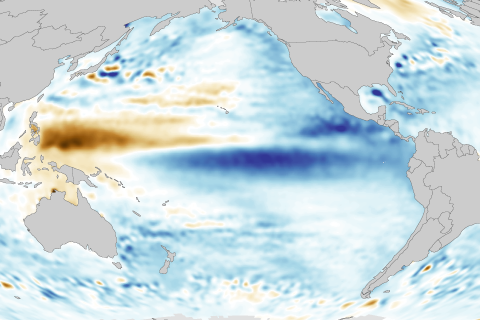
The global mean sea level in 2015 was approximately 7 centimeters (2.7 inches) above the 1993 average, making it the highest observed since the satellite altimeter record began in 1993. Regional variations highlighted the short-term influence of climate phenomena like the Pacific Decadal Oscillation and the largest El Niño event since 1997/98.
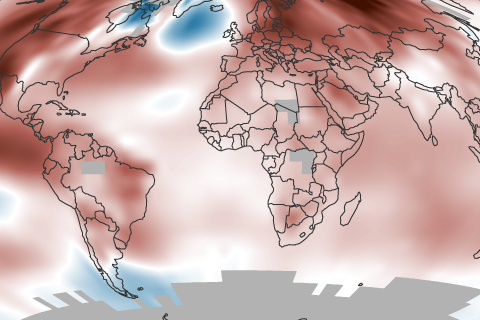
Long-term warming and a strong El Niño contributed to the highest annual combined temperature for ocean and land since reliable records began in the mid-to-late 1800s.

Human activities emit 60 or more times the amount of carbon dioxide released by volcanoes each year.
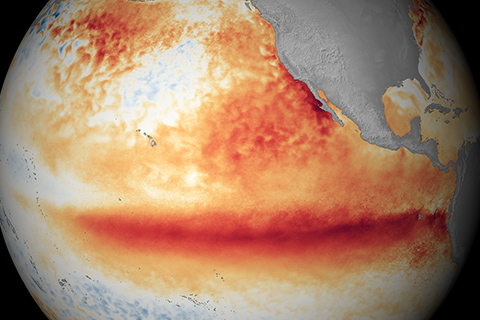
Answers to some of the questions that readers frequently ask NOAA experts about El Niño and La Niña.
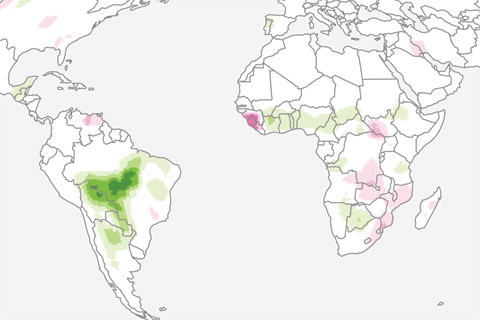
Globally, carbon emissions from fires were near the long-term average in 2014, but North America's emissions were 70% higher than average.
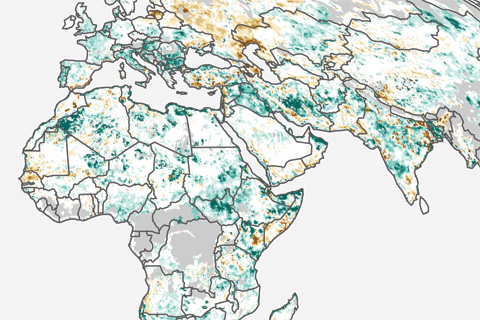
While slightly wetter than 2013, the global average soil moisture in 2014 was near-normal.
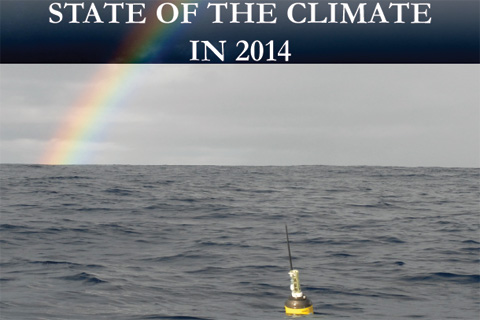
The annual State of the Climate reports involve more than 400 international authors from more than 50 countries. Two chapter authors reflect on what it means to play a part in such an ambitious report.

In 2014, global average sea level was 2.6 inches (67 mm) above the 1993 average, which is the highest yearly average in the satellite record.
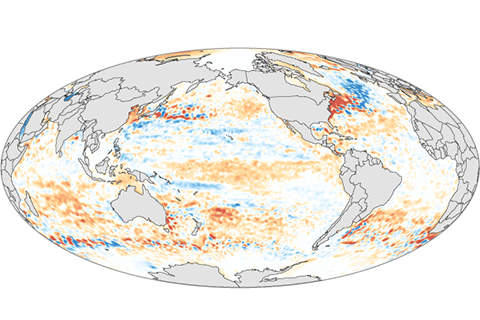
In 2014, the upper ocean held more heat than average throughout most of the major ocean basins.
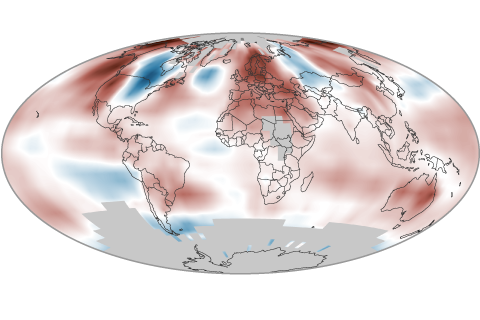
Depending on the data set, 2014 was either the warmest or tied-for-warmest year since records began in the mid-to-late 1800s.